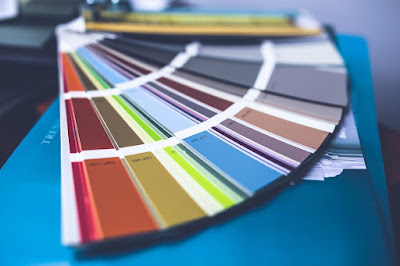
A great coat of paint makes all of the difference in the world to your home. These tricks of the pros will help you to get the results you want.
Quality. Cheap brushes and cheap paint are amateur choices. Quality paint gives good value because it takes less paint and less time to cover the same area. Buy sufficient paint before starting.
Primer. Apply a primer coat first. The job will look better, last longer and require less of the expensive paint.
Test. Professionals test colors thoroughly. Paint a patch of wall, and examine it against the room’s furnishings in various lights.
Prepare. After the wall is prepared by cleaning, scraping and sanding, try this: Hold a light bulb near the surface and move it over the area. Any remaining blemishes will cast shadows that make them visible.
Gloss. A flawed surface is best covered by a flat paint. Smooth surfaces can tolerate higher-gloss varieties, which better resist mildew and dirt.
Mix. If several gallons of paint were custom-mixed at the store, pour them together into a bucket or drum and back into the cans. Thus, slight differences among the cans are erased.
Trim. Mix some of the wall color into white or cream paint for a harmonious trim color. Use any proportion from a few tablespoons to a few cups per gallon of trim, according to the desired contrast.
Quality. Cheap brushes and cheap paint are amateur choices. Quality paint gives good value because it takes less paint and less time to cover the same area. Buy sufficient paint before starting.
Primer. Apply a primer coat first. The job will look better, last longer and require less of the expensive paint.
Test. Professionals test colors thoroughly. Paint a patch of wall, and examine it against the room’s furnishings in various lights.
Prepare. After the wall is prepared by cleaning, scraping and sanding, try this: Hold a light bulb near the surface and move it over the area. Any remaining blemishes will cast shadows that make them visible.
Gloss. A flawed surface is best covered by a flat paint. Smooth surfaces can tolerate higher-gloss varieties, which better resist mildew and dirt.
Mix. If several gallons of paint were custom-mixed at the store, pour them together into a bucket or drum and back into the cans. Thus, slight differences among the cans are erased.
Trim. Mix some of the wall color into white or cream paint for a harmonious trim color. Use any proportion from a few tablespoons to a few cups per gallon of trim, according to the desired contrast.

No comments:
Post a Comment